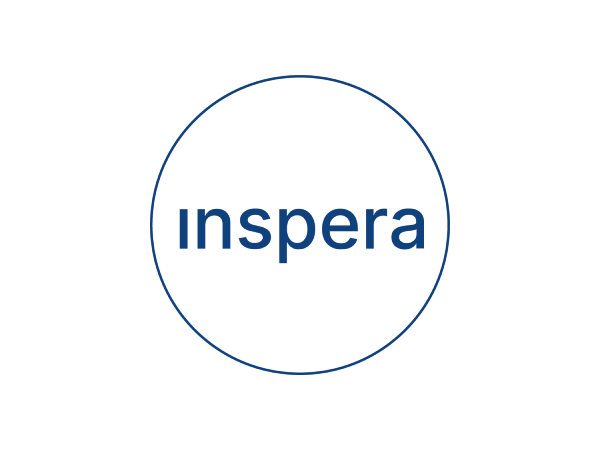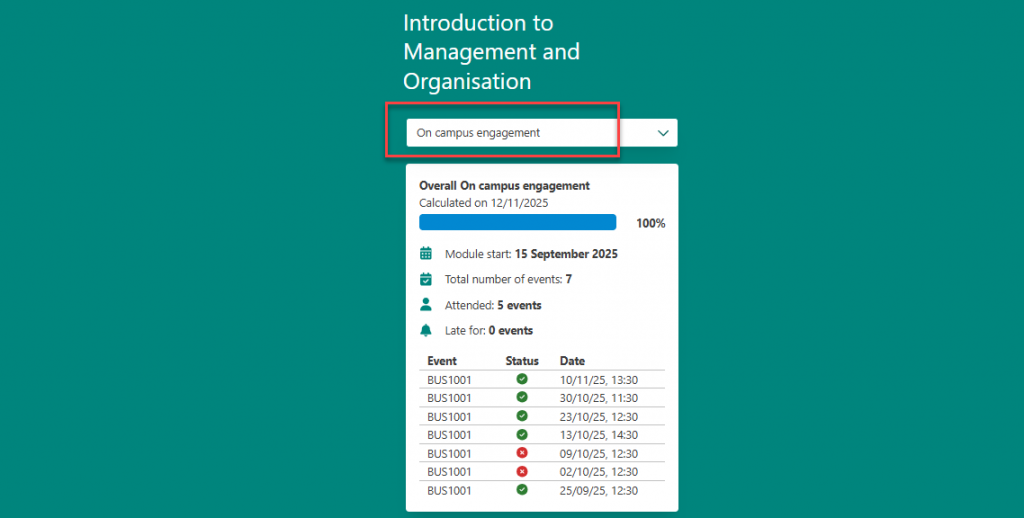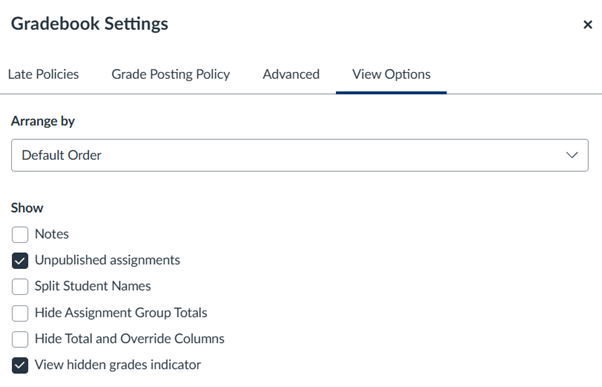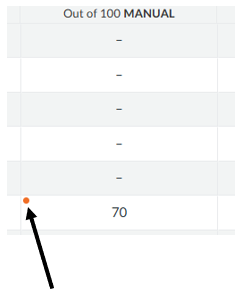The January Exam period (for 2026) is taking place from Tuesday 6 January 2026 to Tuesday 20 January 2026 (including Saturday 10 January and Saturday 17 January). Inspera Digital Exams will be running throughout this. This blog aims to share communications Module Teams are asked to share with their students ahead of their Inspera exams, along with information around support with marking once your Inspera digital exam is over.
Communications for Students
Module Teams are encouraged to share communications with their students if sitting an Inspera digital exam. Note: Students must know their own University log in details (username and password). It may not be possible to reset forgotten log ins on the day of the exam. Please remind students of this. Below is some draft text that you can use in an email and/or Canvas announcement.
[Title] Preparing for your [MODCODE] digital exam: make sure you know your log in details
To sit your upcoming Inspera digital exam you will need to know your University login details (username and password).
Please check that you know your login details before the day of the exam and that you can successfully sign into a campus Cluster PC. If you do not know your login details on the day of the exam it may not be possible to reset them before the exam starts.
Your username begins with a letter (usually c) followed by the middle 7 numbers from your student number, which you can find on your smartcard. E.g. if your smartcard shows your student number is 212345678, your username is c1234567.
If you cannot remember your password, you can reset it online or you can contact the IT Service Desk for help. If you have your password but would like to change it to something that is easier to remember you can change your password online.
To help you prepare for your assessment, you can try out our demo exams via Canvas. There is a locked down demo and an open book demo. Both demo exams reflect the same demo content. The locked down demo allows students to experience the in-person Inspera exam security, therefore this particular demo should only be taken within a Campus PC cluster (as the required software will be installed).
There is also a student page on the Academic Skills Kit about Inspera which students may wish to look at ahead of your exams.
Marking your Inspera Exams:
We highly recommend those Grading on Inspera check out our dedicated website: Marking Exams in Inspera | Learning and Teaching @ Newcastle | Newcastle University. This has:
- Bitesize video guides
- Written guidance about how to navigate Grade
- How to use areas like the Grading Overview
- Instructions about reviewing auto and manual marking
- Confirming grades
- FAQs
If you’re planning to release any feedback to students directly on Inspera, please see our Inspera Feedback Release webpage.
Questions:
If you have any questions, please contact digital.exams@newcastle.ac.uk where a member of our team can assist you.
Got a quick digital exams question? Why not join our Teams Community about all things Inspera!
A reminder about the upcoming Learning and Teaching conference:











